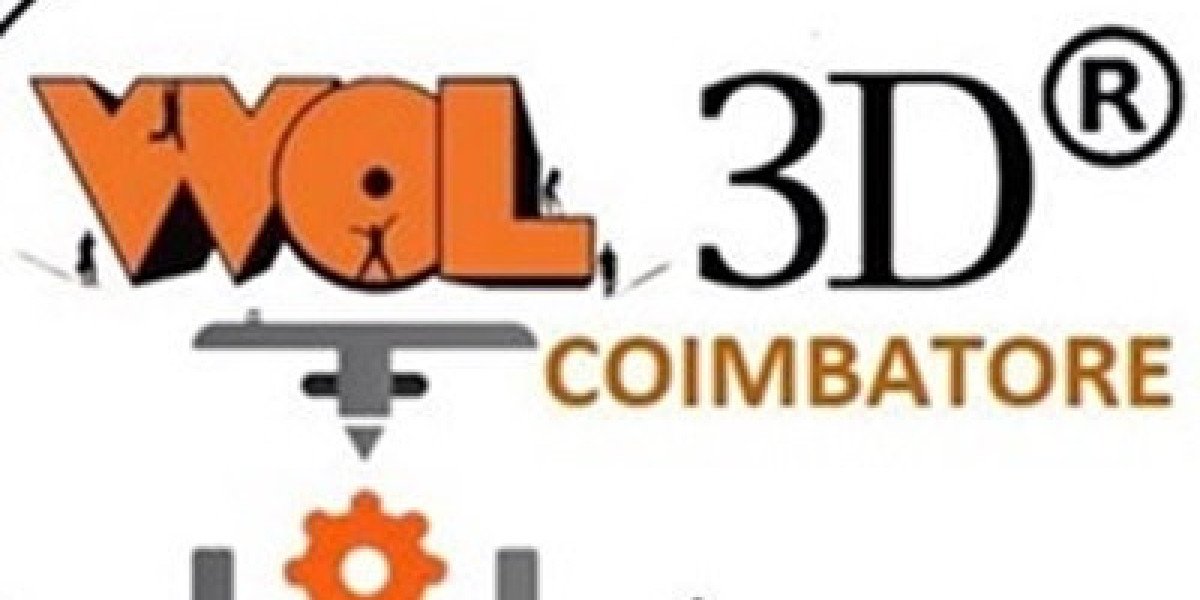3D printing, also known as additive manufacturing, has revolutionized various industries, particularly aerospace engineering. This technology allows for the creation of complex geometries and lightweight components, which are essential in the aerospace sector. In this article, we will explore 13 remarkable applications demonstrating 3D printing's versatility in aerospace engineering.

1. Lightweight Components
One of the most significant advantages of 3D printing is its ability to produce lightweight components. By utilizing advanced materials, engineers can create parts that reduce overall aircraft weight, leading to improved fuel efficiency and performance.
2. Rapid Prototyping
Rapid prototyping is another critical application of 3D printing in aerospace. Engineers can quickly design and test prototypes, significantly reducing the time required for product development. This capability allows for faster iterations and innovations.
3. Custom Tooling
3D printing enables the production of custom tooling for manufacturing processes. This application is particularly beneficial for creating jigs and fixtures that enhance precision and efficiency in assembly lines.
4. Complex Geometries
With traditional manufacturing methods, creating complex geometries can be challenging. However, 3D printing allows engineers to design intricate shapes that optimize aerodynamics and structural integrity.
5. Spare Parts Production
3D printing facilitates on-demand production of spare parts. This capability is crucial for maintaining aircraft, as it reduces downtime and inventory costs. Airlines can print parts as needed, ensuring operational efficiency.
6. Engine Components
Engine components, such as fuel nozzles, can be manufactured using 3D printing. This technology allows for the creation of parts with complex internal cooling channels, enhancing engine performance and efficiency.
7. Lightweight Structures
3D printing enables the development of lightweight structures that maintain strength and durability. This application is vital for aerospace applications, where reducing weight can lead to significant fuel savings.
8. Aerospace Models
Creating detailed aerospace models for testing and presentations is another application of 3D printing. These models help engineers visualize designs and conduct aerodynamic tests effectively.
9. Research and Development
In research and development, 3D printing plays a crucial role in testing new materials and designs. This application accelerates innovation and helps engineers explore new possibilities in aerospace technology.
10. Educational Tools
3D printing serves as an educational tool in aerospace engineering programs. Students can create models and prototypes, gaining hands-on experience that enhances their understanding of complex concepts.
11. Space Exploration
In space exploration, 3D printing is used to manufacture components on-demand. This capability is essential for missions where transporting spare parts is impractical, allowing astronauts to create tools and parts as needed.
12. Bioprinting for Space Missions
Bioprinting technology is being explored for potential use in space missions. This application could enable the production of biological materials, such as tissues, for medical purposes during long-duration flights.
13. Sustainable Manufacturing
Lastly, 3D printing promotes sustainable manufacturing practices. By reducing waste and allowing for the use of recycled materials, this technology aligns with the aerospace industry's goals for sustainability.
In conclusion, the 13 remarkable applications demonstrating 3D printing's versatility in aerospace engineering highlight the technology's transformative potential. As the industry continues to evolve, we can expect even more innovative uses of 3D printing in the future. For more insights into 3D printing applications, visit .







